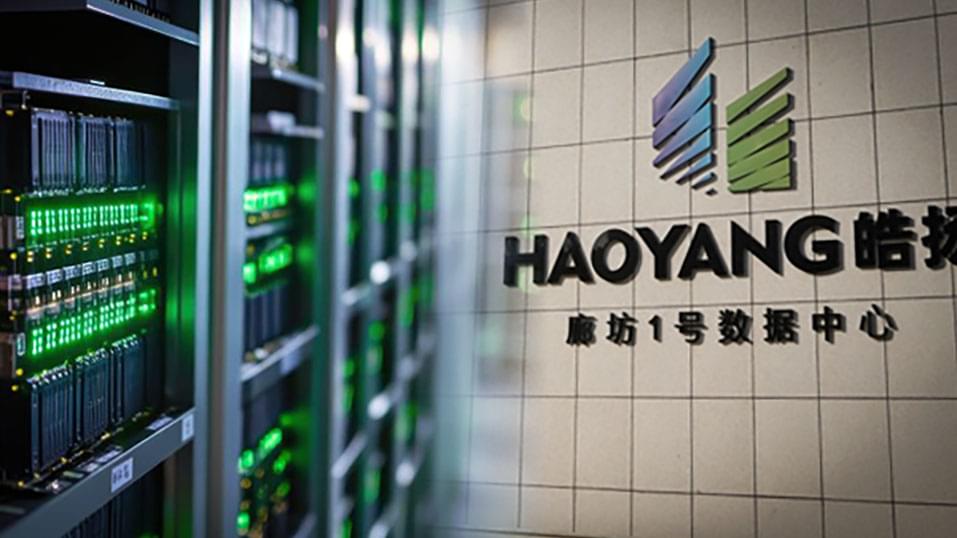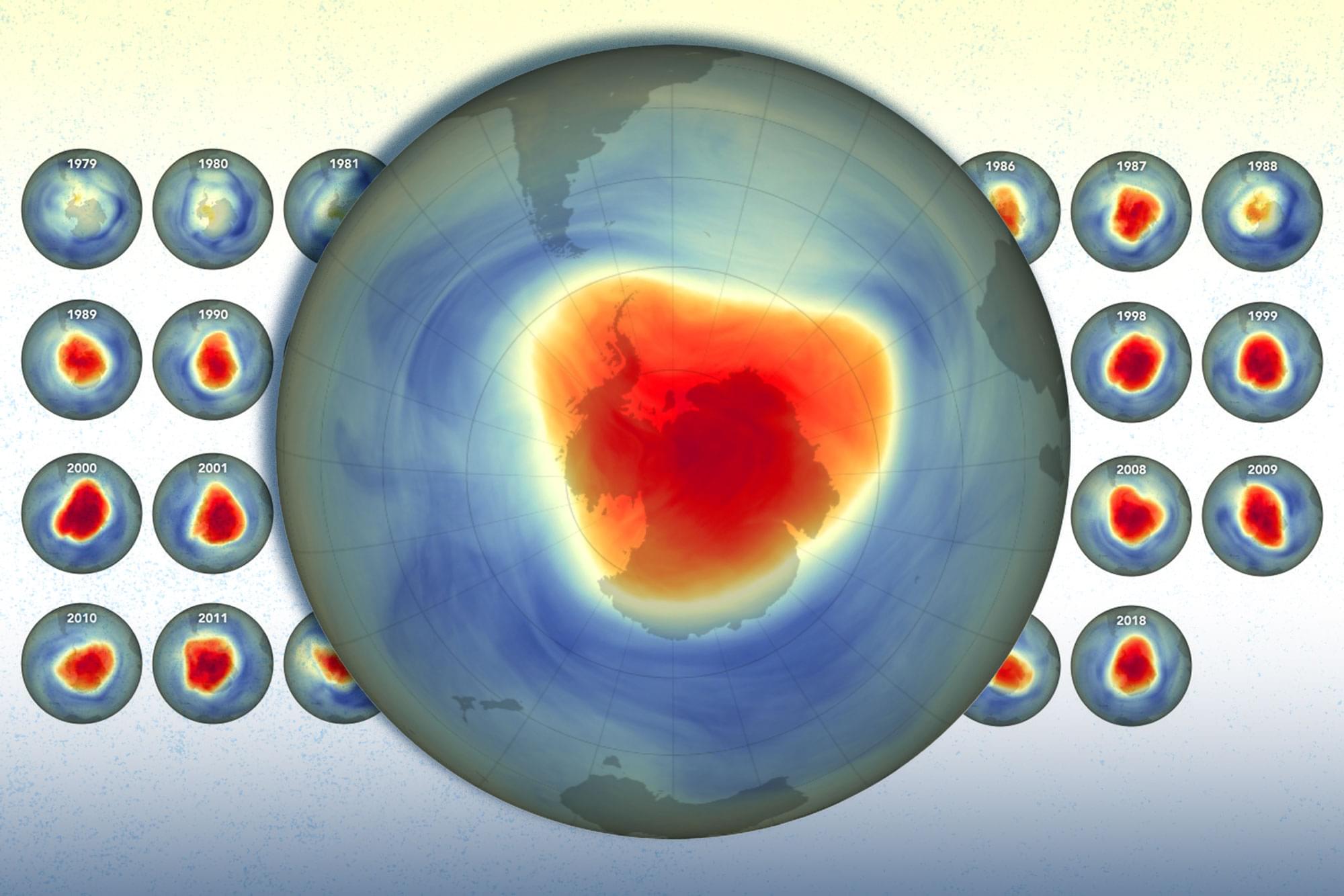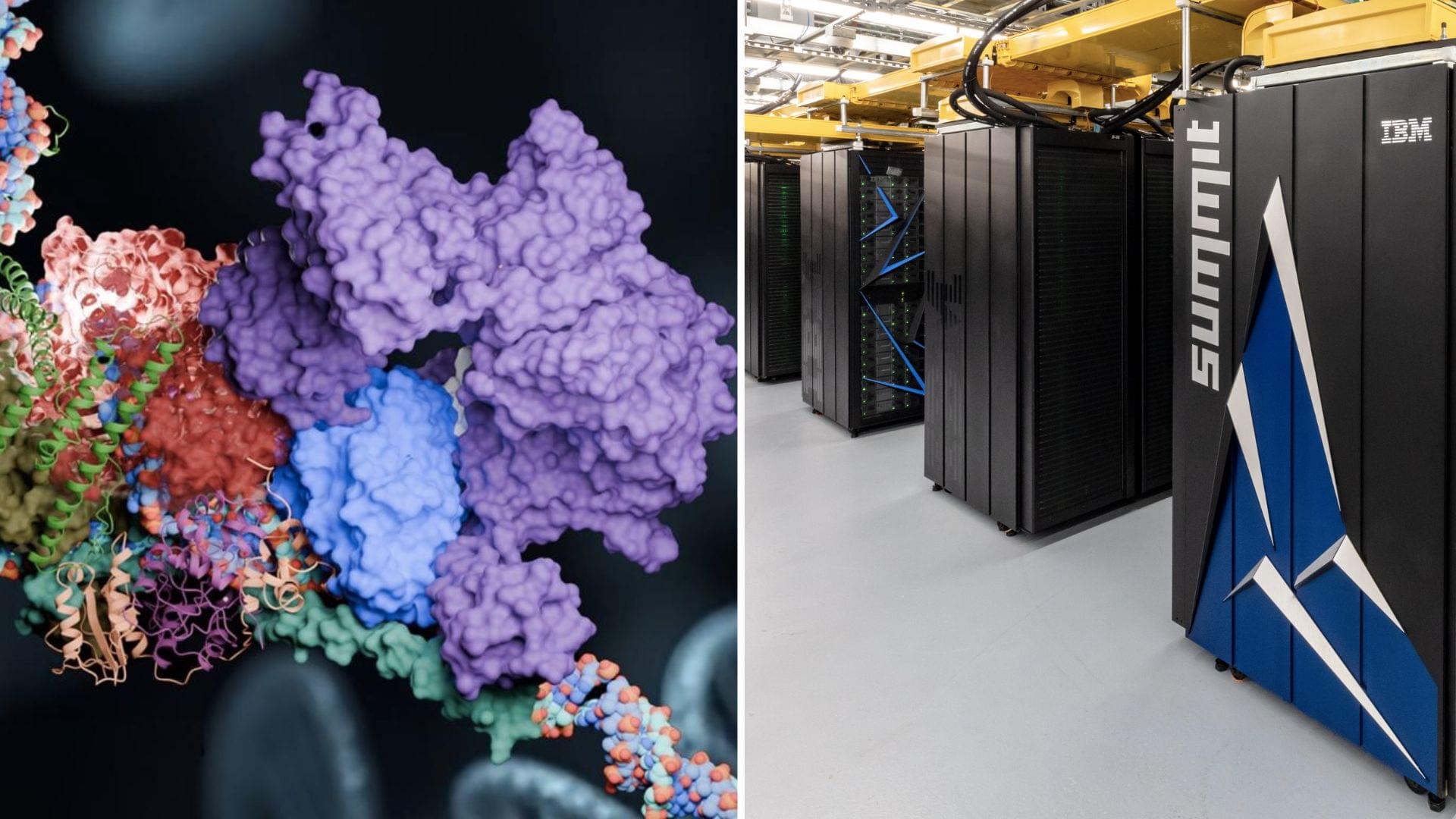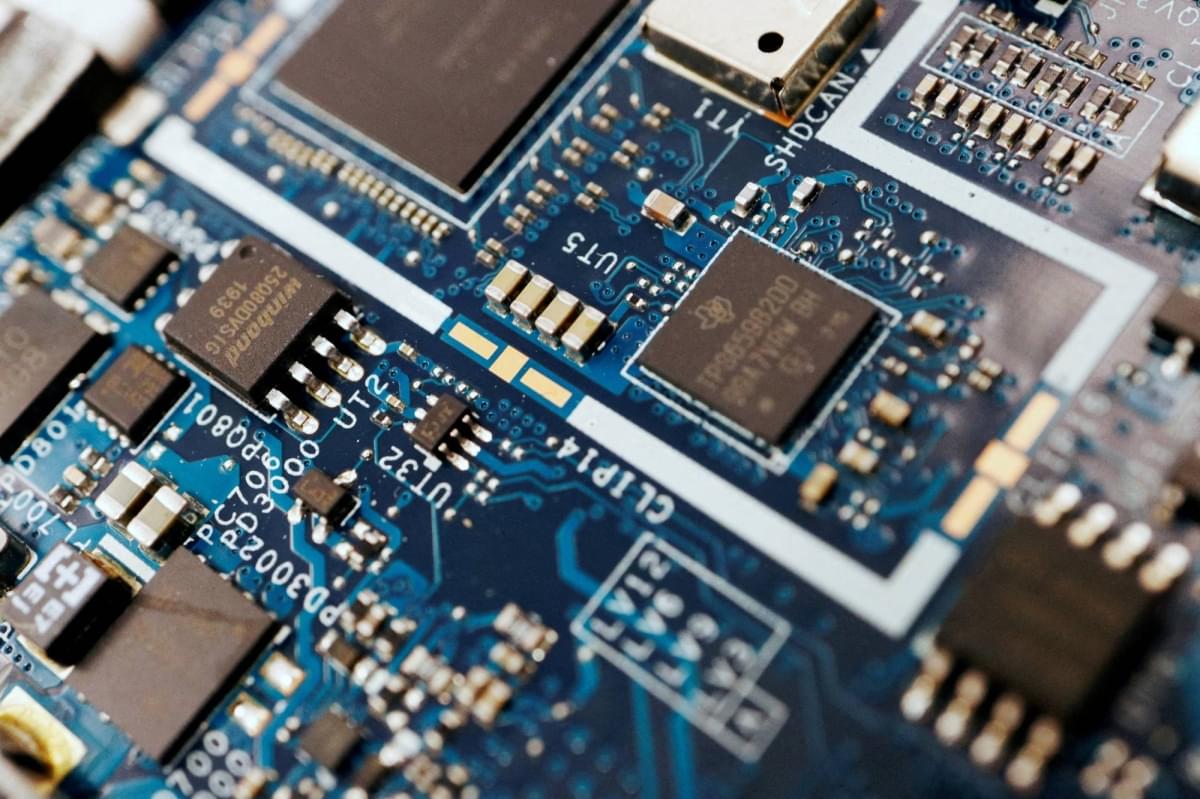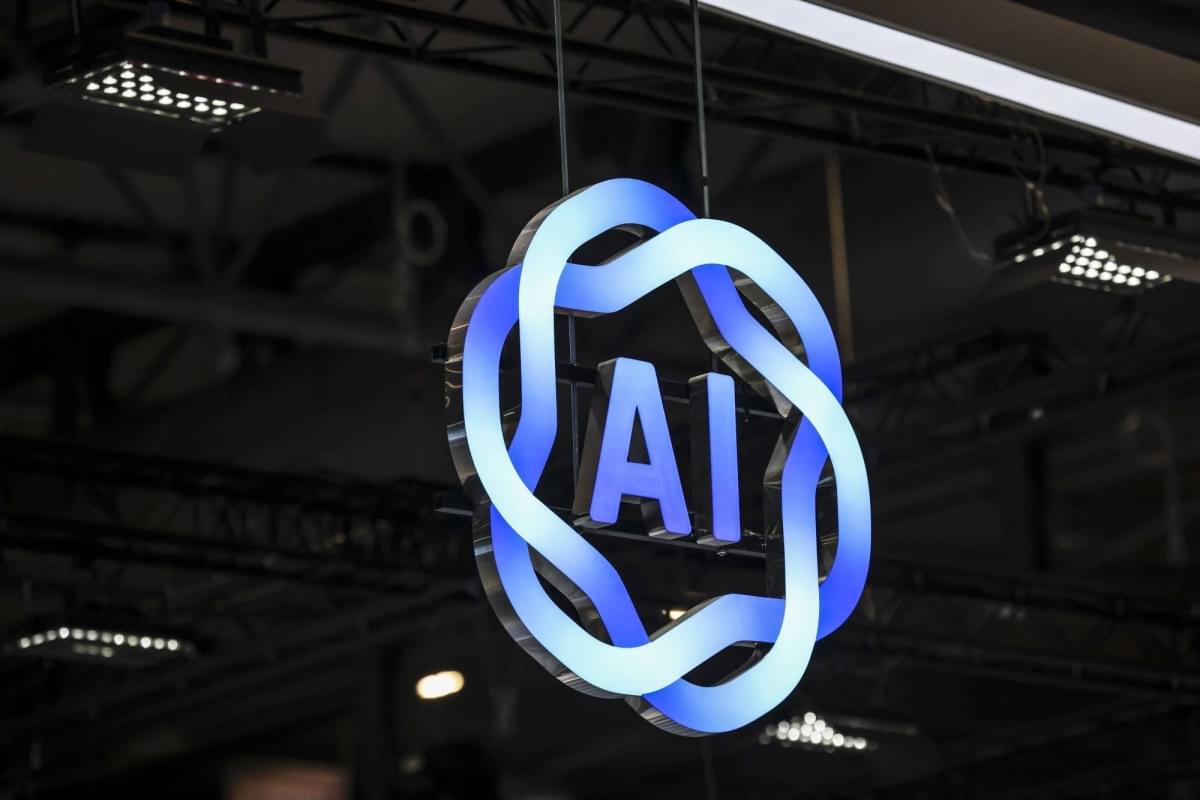The battle for artificial intelligence supremacy hinges on microchips. But the semiconductor sector that produces them has a dirty secret: It’s a major source of chemicals linked to cancer and other health problems.
Global chip sales surged more than 19% to roughly $628 billion last year, according to the Semiconductor Industry Association, which forecasts double-digit growth again in 2025. That’s adding urgency to reducing the impacts of so-called “forever chemicals” — which are also used to make firefighting foam, nonstick pans, raincoats and other everyday items — as are regulators in the U.S. and Europe who are beginning to enforce pollution limits for municipal water supplies. In response to this growing demand, a wave of startups are offering potential solutions that won’t cut the chemicals out of the supply chain but can destroy them.
Per-and polyfluoroalkyl substances, or PFAS, have been detected in every corner of the planet from rainwater in the Himalayas to whales off the Faroe Islands and in the blood of almost every human tested. Known as forever chemicals because the properties that make them so useful also make them persistent in the environment, scientists have increasingly linked PFAS to health issues including obesity, infertility and cancer.
